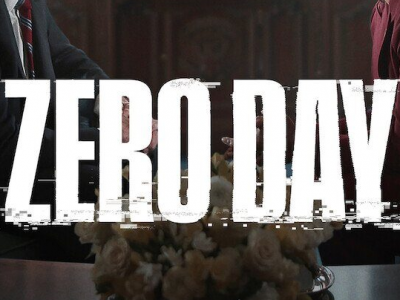J. Robert Oppenheimer, often dubbed the “father of the atomic bomb,” led the Manhattan Project during World War II, which produced the first nuclear weapons. Apart from his scientific prowess, Oppenheimer’s work, choices, and the aftermath of the atomic bomb provide essential insights into risk management. Here are some risk management lessons drawn from Oppenheimer’s experience:
- Understand the Full Impact: Oppenheimer and his team were acutely aware of the destructive power of their creation. While their primary goal was ending the war, Oppenheimer later lamented the broader consequences, famously quoting the Bhagavad Gita: “Now I am become Death, the destroyer of worlds.” The lesson here is the need to evaluate the full range of consequences – immediate, long-term, direct, and indirect – of high-risk projects.
- Comprehensive Oversight: The Manhattan Project, though highly secretive, was subjected to rigorous oversight both scientifically and administratively. This layered oversight ensured that risks were continuously assessed and managed from multiple perspectives.
- Ethical Considerations Matter: The morality of creating and using the atomic bomb has been debated ever since Hiroshima and Nagasaki. A robust risk management approach must include ethical considerations, not just practical or financial ones.
- Secrecy Can Be a Double-Edged Sword: While secrecy was essential to the success and security of the Manhattan Project, it also prevented broader input and scrutiny. The risks of operating in a “bubble” can lead to blind spots.
- Long-term Consequences: While the immediate impact of the atomic bomb was the end of WWII, its long-term repercussions included the Cold War and the nuclear arms race. Risk management should not be myopic; it needs to account for downstream consequences.
- Preparedness for Unintended Outcomes: The global community had to confront the realities of living in a nuclear age. International treaties, protocols, and monitoring systems had to be developed to manage and mitigate the risks. Anticipating unintended outcomes and preparing for them is crucial.
- Embrace Continuous Learning: After the war, Oppenheimer became a strong advocate for controlling nuclear weapons and peaceful international cooperation. He evolved his views based on the changing realities of the world. Risk management is not a one-time task; it’s a continuous process that adapts to new information.
- Stakeholder Management is Essential: Oppenheimer faced scrutiny, support, and criticism from various stakeholders, from the military and politicians to fellow scientists and the general public. Managing these diverse stakeholders, understanding their concerns, and keeping them informed is crucial in any high-risk endeavor.
- Personal Responsibility: Oppenheimer felt a personal responsibility for the atomic bomb’s creation and its implications. In risk management, ownership and accountability at all levels, especially leadership, are crucial.
- Redemption and Re-evaluation: After initial euphoria over the atomic bomb’s success, many scientists, including Oppenheimer, became champions of nuclear disarmament and peaceful applications of atomic energy. It’s essential to reassess and realign goals based on outcomes, learning from both successes and failures.
In conclusion, Oppenheimer’s life and work in the context of the atomic bomb serve as a potent case study in risk management. His experiences underscore the importance of understanding consequences, embracing ethical considerations, and continuously evolving based on new learnings and changing realities.














